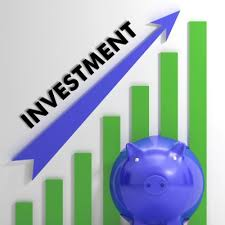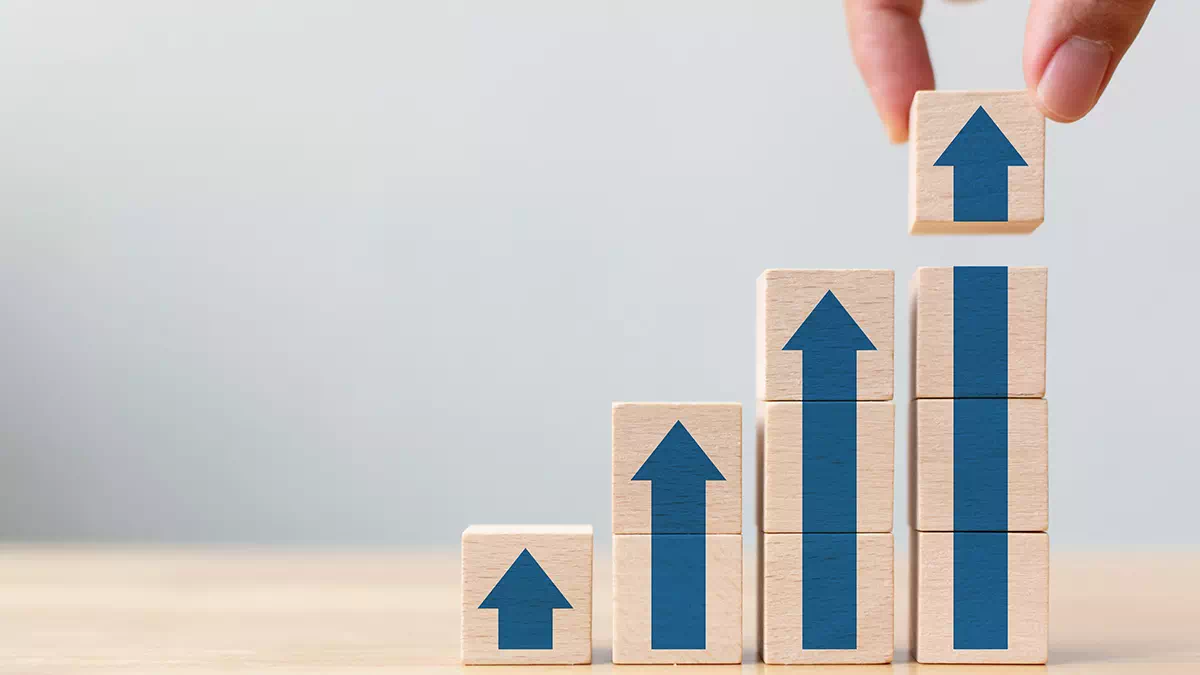Home > Retirement > Accelerate Your Investment in Retirement Assets
Accelerate Your Investment in Retirement Assets
 It is standard retirement doctrine that you must save 10% of your pre-tax income during working years to afford a comfortable, secure lifestyle after you retire. Savings are much more important than that.
It is standard retirement doctrine that you must save 10% of your pre-tax income during working years to afford a comfortable, secure lifestyle after you retire. Savings are much more important than that.
Three Ways to Save
There are three sources of retirement savings that you should maximize during your working years. The most important sources are your tax-deferred retirement accounts.
- If you are lucky your employer sponsors a defined contribution plan (401(k). If you are really lucky your employer sponsors a defined benefit plan with guaranteed benefits for life. More than likely you are a participant in a 401(k) plan. Only public pension plans have taxpayer dollars that enable them to provide guaranteed, lifetime benefits. You should maximize your contributions to this plan as soon as you can and maximize any employer matches that are available to you.
- You should supplement your pension plan savings with contributions to IRAs for you and your spouse. Like pension plans, IRAs are also tax-deferred until you begin taking distributions during retirement years.
- The least productive form of retirement savings is assets in a taxable account. These assets usually have a different purpose than retirement. For example, the account is an education fund for your children or a down payment for a second home.
Critical Mass of Retirement Assets
You need a critical mass of retirement assets as soon as possible. What is Critical Mass? Critical mass refers to the asset base an individual needs to reach in order to afford retirement comfortably. Critical mass accelerates your ability to accumulate much larger amounts of retirement assets. And, more is always better. In fact, there are two rules when you build retirement assets. Rule One: You can never have too much in retirement assets. Rule Two: See Rule One.
Why is critical mass so important? Bill and George are both accumulating assets for retirement. Bill has accumulated $100,000 and George has $500,000. Both of their accounts are up 10% for the past 12 months. Bill added $10,000 to his retirement savings. George added $50,000. The more money you save the quicker you achieve critical mass the more money you have for retirement.
Retirement Savings versus Investment Performance
Let’s assume George has a pre-tax income of $100,000 and he saves 10% per year – $10,000. In the example, his performance produced five times more assets ($50,000) than his savings amount. The more critical mass the greater the impact of performance on your amount of retirement assets.
A High Risk Retirement Strategy
The more assets you have when you retire, the more conservative your distribution rate will be. Let’s say you need $100,000 from your retirement accounts to fund your standard of living during retirement. This is a 10% distribution rate if you have $1,000,000 of assets. It is a 4% distribution rate if you have $2,500,000 of assets.
There is a high probability you will run out of money later in life if you take 10% distributions early in retirement. 4% is a more conservative, sustainable rate. Your risk of running out of money is greatly reduced.
There is another issue. Think how much investment risk you have to accept to have a chance of offsetting the 10% distribution rate. A couple of stock market crashes and your assets are greatly depleted or gone.
Other posts from Jack Waymire
Paladin’s Registry of Financial Advisors is a Free Service for Investors
The world’s first financial advisor directory was the Yellow Pages®. All you had to do was thumb through...
How to Find the Best Financial Advisors
Your first step is to determine the criteria you will use to identify and select the best financial...
What is an Investment Performance Benchmark?
A Benchmark is a performance goal. Your advisor is paid to produce results that beat the performance of...





